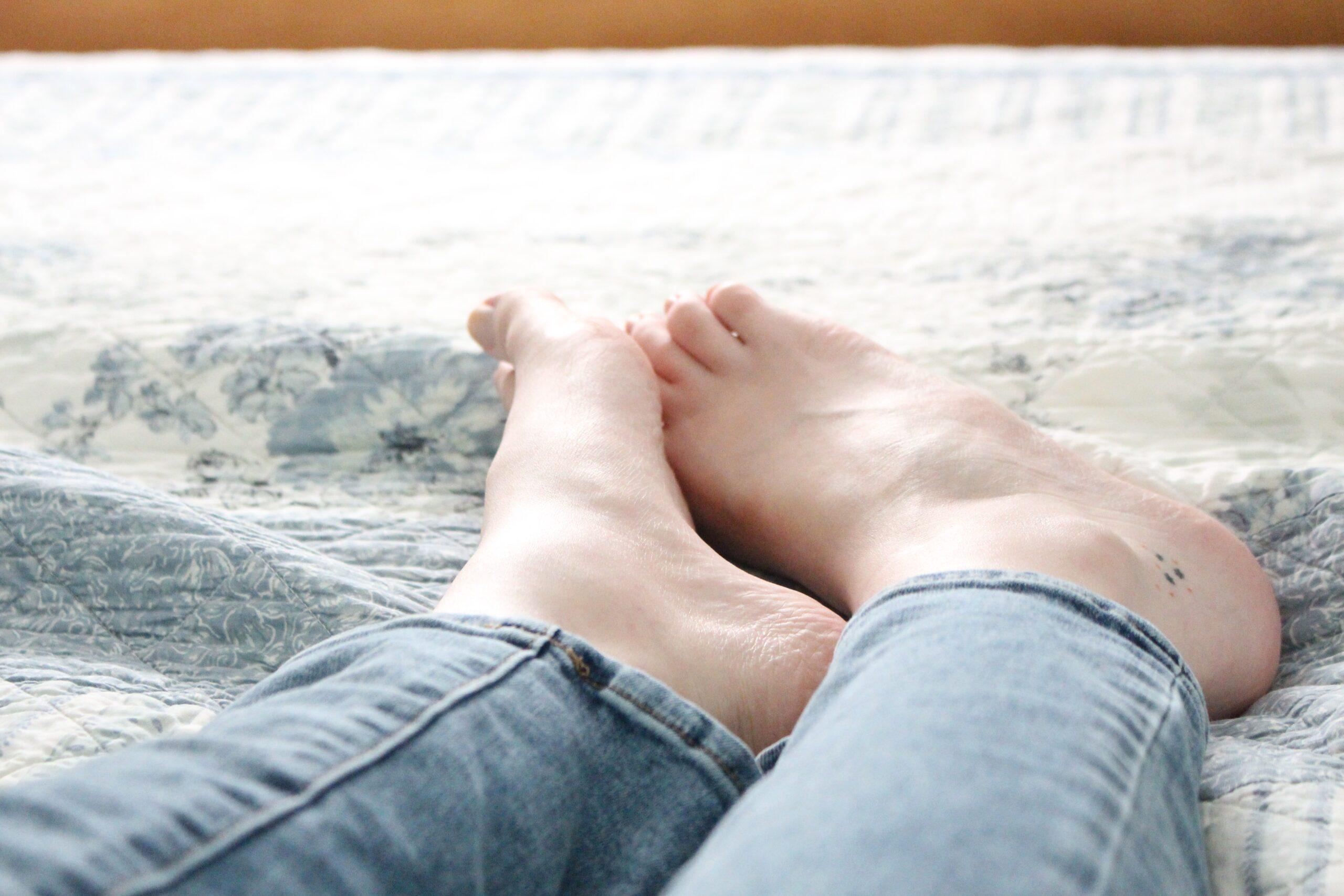Pediatric foot and ankle disorders can be a challenging puzzle to solve. But a proper evaluation of children’s feet and ankles can help prevent future debilitating problems.
Podiatric physicians, also known as foot and ankle specialists, have a thorough knowledge base and extensive clinical experience in dealing with the foot and ankle. After a correct diagnosis of a foot or ankle disorder, the specialist can institute a proper treatment regimen for a patient. While a foot and ankle specialist treats several disorders daily, the most common issues are discussed below.
Flat Feet
Flat feet are by far the most common concern for which a parent or pediatrician seeks a foot and ankle evaluation. When properly diagnosed, flat feet can be treated in a relatively simple manner in the majority of patients.
The most important question to ask is whether a patient is experiencing pain. Many times a patient does not have pain, but a parent or pediatrician is concerned because of the awkward nature in which the child or adolescent walks. In these situations, I usually advise against any kind of treatment. It is important to remember that the foot is a very dynamic structure, and each individual foot functions uniquely. Someone with extremely flat feet may never experience pain. If the foot is functioning in a flattened position, it does not indicate that the foot is functioning improperly. However, if the foot is functioning in a flattened position and the patient is experiencing pain, then treatment is warranted.
The first line of treatment for flat feet is a custom-molded orthotic. An orthotic for the foot functions similarly to a pair of prescription glasses for the eyes. It is a device that the foot sits upon while the foot is in a shoe. Like eyeglasses help with eyesight, orthotics help feet function more efficiently and properly, but only while they are in use. An orthotic does not permanently correct a deformity. The majority of patients respond well to orthotics to treat a painful flatfoot deformity. If the orthoic fails, then few options remain outside of surgical correction. Surgical correction involves repositioning the bones, joints and tendons, enabling them to perform their intended functions properly.
Heel Pain
Diagnosis and treatment of pain associated with the heel bone and its surrounding structures can be difficult. The three most common causes of pediatric heel pain are Sever’s disease, plantar fasciitis and stress fracture of the heel bone. Rapid diagnosis and treatment is crucial in each of these conditions. Sever’s disease is an inflammation at the point where the Achilles tendon attaches to the growth plate at the back of the heel bone. Plantar fasciitis is an inflammation of a band of tissue on the bottom of the foot that extends from the heel to the toes. A stress fracture of the heel bone is a hairline break in either the outer surface or inner substance of the bone.
All of the above disorders can be defined as injuries from overuse. Overuse injuries occur when the body’s ability to recover from an activity has been outpaced by continual activity performed by the individual. Treatment in these cases primarily involves resting the foot. One’s body heals the injury, but only if the injured tissue does not continue to overwork. In addition to rest, other therapies may be used such as stretching, icing, casting, taking anti-inflammatory medications, undergoing physical therapy and wearing orthotics.
Bunions
When present in a pediatric patient, a bunion is a deformity that needs to be addressed properly. Otherwise, future problems certainly arise.
A bunion is a shift in the position of a long bone in the front part of the foot. This bone, called the first metatarsal, may shift due to instability at another location within the foot. As the first metatarsal attempts to stabilize the front part of the foot, it may begin to shift outward and become painful. This pain is usually experienced when feet are both in and out of shoes. Pediatric bunions are generally hereditary deformities of the foot.
There are two treatment options for bunions— conservative versus surgical management. Conservative management often consists of changes in shoe gear, padding and custom-molded orthotics. Surgical goals are aimed at eliminating pain, correcting the deformity by repositioning the first metatarsal into its normal position and preventing a reoccurrence. There are many factors to consider in the treatment of a bunion deformity, such as position of the bones, activity level of the patient, age of the patient and progression of the deformity. Each factor needs to be assessed before a treatment plan can be instituted.
The foot and ankle perform a tremendous amount of work on a daily basis. Podiatric physicians are the most qualified doctors who treat foot and ankle problems, and the ability to make the correct diagnosis and begin treatment in an expedient manner is crucial. Simple foot and ankle problems may evolve into complex deformities with extended recuperation periods if proper diagnosis and treatment are delayed.
Finding a trained professional who is comfortable treating foot and ankle deformities is an important part of treatment. It is always a good idea to seek the advice of your child’s pediatrician for a referral to any medical specialist. If your child’s pediatrician is unfamiliar with recommending a doctor who regularly treats pediatric foot and ankle deformities, then research board-certified podiatric physicians. A podiatrist is a physician who has chosen to specialize in lower extremity disorders, particularly those concerning the foot and ankle.


